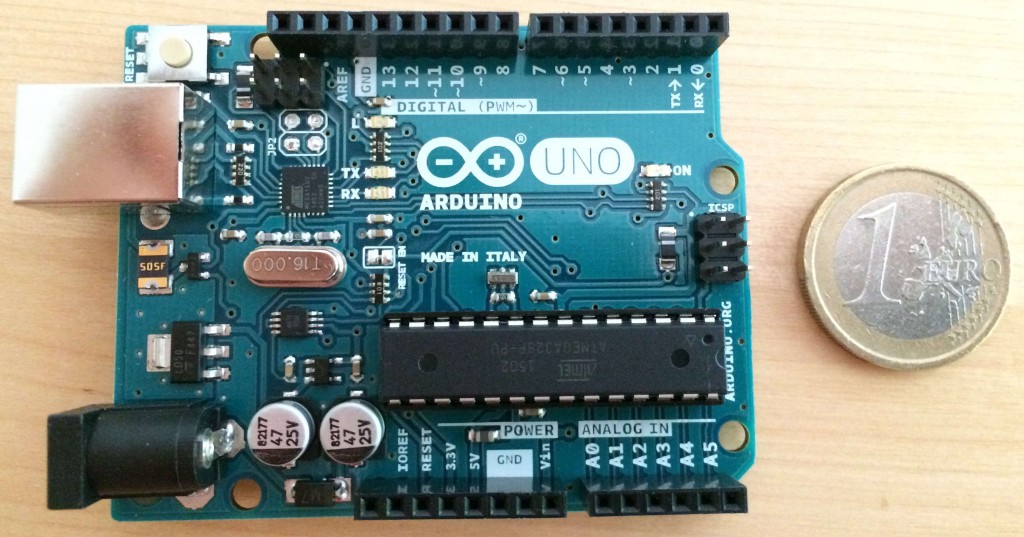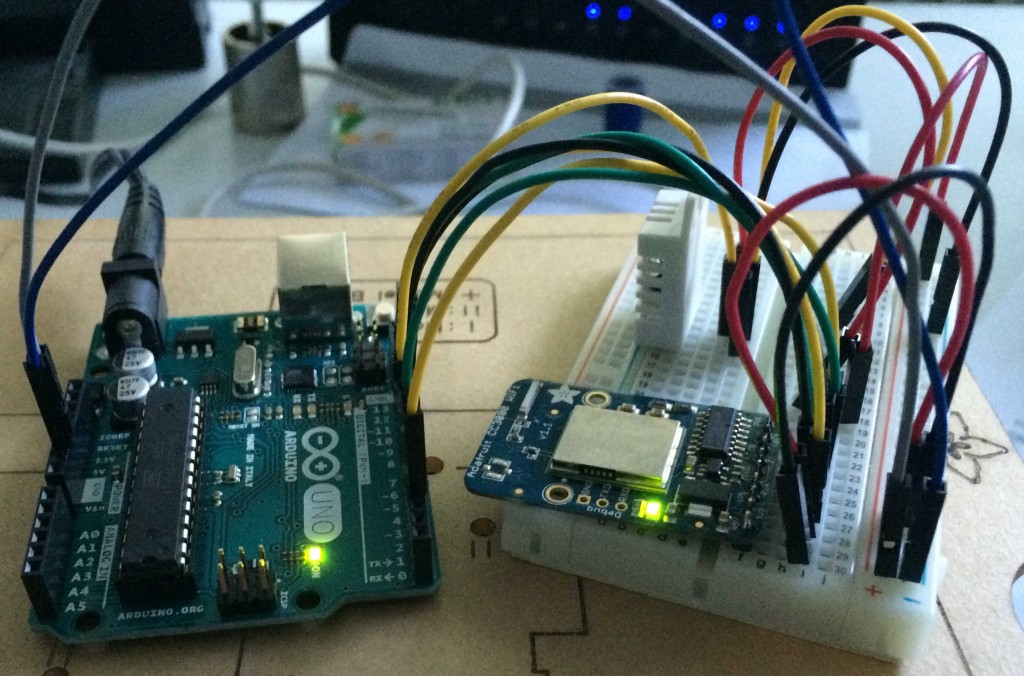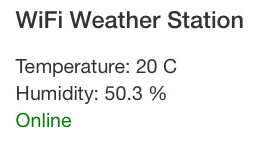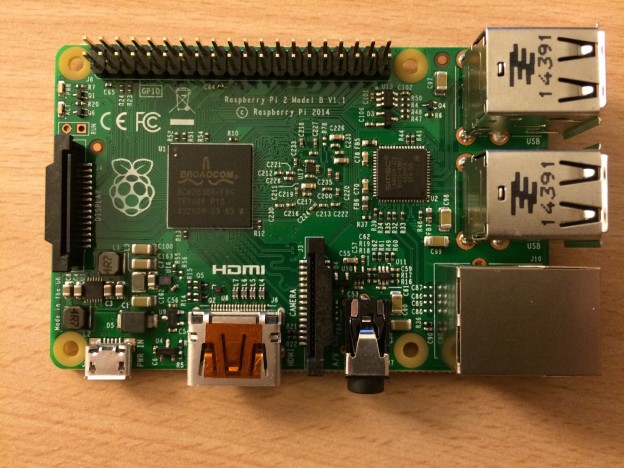I got recently a companion for my Raspberry Pi.

My goal is to use it to prototype something I want to make: a small network of temperature and humidity sensors running for months on batteries.
Why? First because I can (I need to learn a lot first regarding electronic or microcontrollers, but I’m sure I can). Second because we have add a few problems with humidity in our basement and I want to be able to have a better idea when this is happening to find a proper solution. My idea would be to correlate the measurements to others done externally and which would include more environmental data (e.g. pressure and amount of rain) and if possible with some events (e.g. gutters are overflowing water).
I already started the prototyping based on a tutorial from Adafruit – a Wifi Weather Station. The results works well as one could expect. So I validated my first part: yes I can do some basic electronic and microcontroller programming, the Raspberry Pi is doing the web server side.


The next step is reprogramming the microcontroller to push data periodically using plain UDP and either a Graphite, Statsd or Fluentd syntax. This would be pushed to a multicast address which my Raspberry Pi would listen to, it would run the Graphite/Statsd/Fluentd stack (I’m going to start with Graphite alone and see how good it is). I want to keep historical data of at least one month, perhaps even a bit more and to be able to visualise the data in real time.
Once this is done, then I want to get rid of the WiFi module and use a transceiver in the 433 or 868 MHz band (I’m in Europe). The Raspberry Pi will be the gateway between this radio-protocol and the more standard computer network stack. So I would need to adapt whatever I had chosen for stack on my Raspberry Pi to be able to cope with the new type of input. Either I contribute to a project if it is well architectured, or I build a bridge interface.
Final step of the prototyping will be to go low power. I’ve already approximately calculated how long I could run on 2 AA rechargeable batteries with the latest Arduino prototype and my “guestimates” is that it won’t last more than a week (probably less). So far from ideal. The solution is to build your own “Arduino”, meaning taking the microcontroller only (plus a few required components for it to run) and the needed components for the sensor. It seems that the power draw from the battery in this case would be sub mA. So I should be able to run many months on a 2 AA batteries 


 A beautiful little device with enough connectivity and power to have some fun!
A beautiful little device with enough connectivity and power to have some fun!